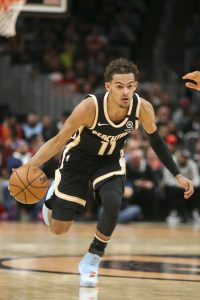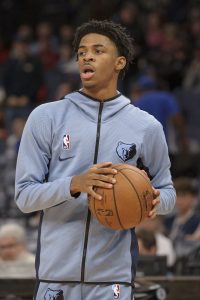Heading into the 2020 offseason, 29 veterans held player options on their contracts, allowing them to either opt in for the 2020/21 season or opt out and reach the open market. Of those 29 players, 13 decided to turn down their options and become free agents.
For some players, that decision was a simple one. Jerami Grant, for instance, was never going to exercise his $9.3MM option with the Nuggets, since opting out allowed him to get a raise and gain long-term security — and, as it turned out, to land with a new team.
The decision wasn’t so easy for every player who opted out though. Now that those 13 veterans have officially signed new contracts and the salary details are in, we want to look back on those decisions and see if they paid off.
Let’s dive in…
Players who received a 2020/21 raise and a multiyear contract:
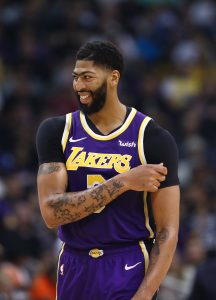 Anthony Davis
Anthony Davis
- Option: $28,751,774 (Lakers)
- New contract: Five years, $189.9MM (Lakers)
- Jerami Grant
- Option: $9,346,153 (Nuggets)
- New contract: Three years, $60MM (Pistons)
- Kentavious Caldwell-Pope
- Option: $8,543,746 (Lakers)
- New contract: Three years, $39.11MM (Lakers)
- Note: Third year isn’t fully guaranteed.
- JaMychal Green
- Option: $5,005,350 (Clippers)
- New contract: Two years, $15MM (Nuggets)
- Rajon Rondo
- Option: $2,692,991 (Lakers)
- New contract: Two years, $15MM (Hawks)
Opting out was a win-win for these players, who will not only receive a higher salary in 2020/21 than they would have if they’d opted in, but also received at least one more guaranteed year beyond the coming season. In Green’s case, his second year is a player option, so he’ll be faced with another opt-out decision in 2021.
Players who received a raise for 2020/21:
- Rodney Hood
- Option: $6,003,900 (Trail Blazers)
- New contract: Two years, $20.9MM (Trail Blazers)
- Note: Second-year is not guaranteed.
- Avery Bradley
- Option: $5,005,350 (Lakers)
- New contract: Two years, $11.6MM (Heat)
- Note: Second year is not guaranteed.
- Austin Rivers
- Option: $2,436,046 (Rockets)
- New contract: Three years, $10MM (Knicks)
- Note: Second and third years are not guaranteed.
- Willie Cauley-Stein
- Option: $2,286,357 (Mavericks)
- New contract: Two years, $8.2MM (Mavericks)
- Note: Second year is not guaranteed.
- Robin Lopez
- Option: $5,005,350 (Bucks)
- New contract: One year, $7.3MM (Wizards)
- Wesley Matthews
- Option: $2,692,991 (Bucks)
- New contract: One year, $3.6MM (Lakers)
- James Ennis
- Option: $2,130,023 (Magic)
- New contract: One year, $3.3MM (Magic)
This group of players didn’t receive any guarantees beyond 2020/21, but it’s hard to argue that any of them made the wrong move by opting out, since they’ll all earn more this season than they would have on their respective options.
Players who received a long-term commitment and more overall money:
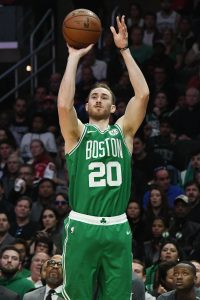 Gordon Hayward
Gordon Hayward
- Option: $34,187,085 (Celtics)
- New contract: Four years, $120MM (Hornets)
Hayward’s decision to opt out received more scrutiny than any other player’s, since turning down a $34MM+ option raised eyebrows — especially since so few teams had cap room available. But it had always seemed likely that Hayward would be able to secure an overall guarantee that significantly exceeded $34MM, even if he had take a modest pay cut in the short term.
As expected, Hayward won’t earn as much in 2020/21 on his new deal as he would have if he’d opted in. But he’ll still have a $28.5MM salary this season, and the Hornets were willing to give him raises for three years on top of that, resulting in a $120MM overall commitment.
Of the 13 players who opted out, Hayward is the only one who will earn less this season than he would have if he’d exercised his option. However, he also increased his overall guarantee by nearly $86MM, making him one of free agency’s biggest winners. He and the other dozen players who turned down their player options all clearly made the right call.
Photos courtesy of USA Today Sports Images.
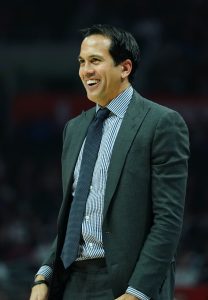 Erik Spoelstra, Heat: April 2008
Erik Spoelstra, Heat: April 2008